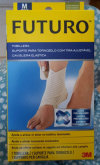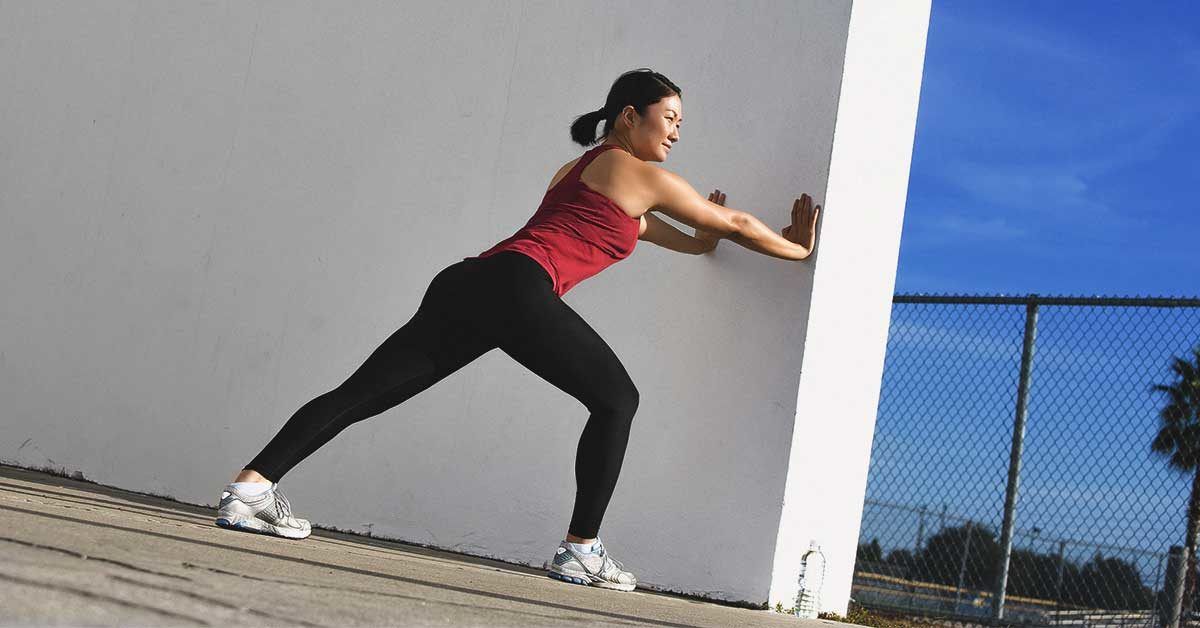- Time of past OR future Camino
- Camino Frances (2018)
Camino Podiensis (2023)
I have walked two Caminos now and about 7 days in on both occasions I came down with severe tendinitis on my lower shins. On the Frances, I got it on my right leg, on Podiensis on my left leg. Each time, I strapped it, rubbed in Voltaren gel, ice and elevated them, and even took a rest day before I persevered with my walking. After around 10 days of excruciating walking, they finally recovered enabling me to finish my Caminos in comfort.
I know that they will get better, but my question is, does anyone who has a tendency to get tendinitis in the shin have any tips for preventing a reoccurrence? I would love to walk without getting this curse.
I am looking for suggestions for before setting off, on what to do to minimise chances of reoccurrence once on Camino, and any more suggestions on how to ease it when it strikes.
Thanks.
I know that they will get better, but my question is, does anyone who has a tendency to get tendinitis in the shin have any tips for preventing a reoccurrence? I would love to walk without getting this curse.
I am looking for suggestions for before setting off, on what to do to minimise chances of reoccurrence once on Camino, and any more suggestions on how to ease it when it strikes.
Thanks.



















